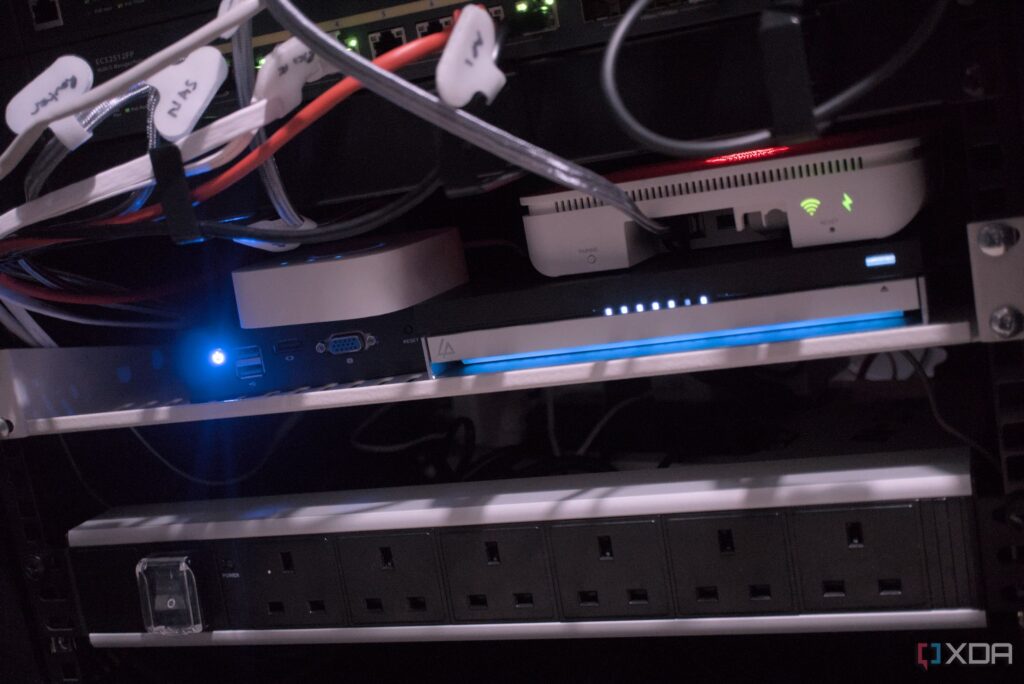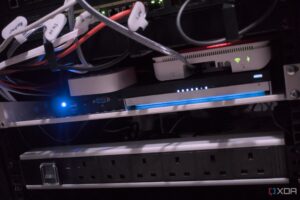
UPDATE: Homeowners are urgently shifting their approach to smart home security, opting to cut off internet access for devices to prevent potential cyber threats. This radical move comes as experts warn of increasing vulnerabilities in Internet of Things (IoT) devices, with automated scanning and AI technologies making them easy targets for hackers.
In a groundbreaking development, one homeowner successfully consolidated control over their smart devices by integrating them into a central management system, Home Assistant. By creating a dedicated VLAN for IoT devices, they effectively blocked unwanted internet access while retaining local control. This method not only strengthens security but also minimizes the risk of becoming part of a botnet like Mirai.
The homeowner reported that while initially concerned about remote access, they discovered that it was easier than anticipated to maintain control without compromising security. “I didn’t like the thought of devices I didn’t trust being able to access the WAN,” they stated. By using Tailscale, a secure remote access tool, they now enjoy seamless control over their smart home from anywhere, without exposing their network to potential threats.
The homeowner’s strategy involved several key steps. First, they set up their IoT devices on a separate access point, leveraging protocols like Zigbee that allow local communication without internet reliance. Next, they implemented firewall rules using OPNsense to block all outbound communications from the IoT VLAN, ensuring that only Home Assistant could communicate with the main network.
The transition was not without challenges. The homeowner needed to adjust multiple settings, integrating a local Large Language Model (LLM) for voice control without relying on cloud services. “I wanted to push the pendulum back towards security,” they explained, highlighting a growing trend among tech-savvy homeowners prioritizing privacy and control over convenience.
As IoT devices proliferate, the risks associated with them have surged. With thousands of unsecured devices potentially vulnerable to hacking, these proactive measures are becoming increasingly critical. Experts emphasize that homeowners must take action now to safeguard their networks, especially as the threat landscape evolves.
For those considering similar steps, the process involves a blend of technical know-how and careful planning. The homeowner’s final setup includes Tailscale with subnet routing enabled, allowing remote access while keeping their smart home insulated from the internet’s dangers. “Now I have peace of mind knowing my devices cannot connect to the internet unless I say so,” they stated.
This shift towards local control and enhanced security is not just a trend—it’s a necessary evolution in how we manage and interact with technology in our homes. As homeowners continue to face challenges from cyber threats, the urgency to adopt secure practices has never been more critical.
For anyone looking to enhance their smart home security, this case serves as a compelling blueprint. With the right tools and strategies, you can reclaim control and ensure a safer living environment, free from the risks posed by an ever-increasing number of IoT devices.
Stay tuned for more updates as this story develops, and consider sharing this information to help others protect their homes against emerging cyber threats.







